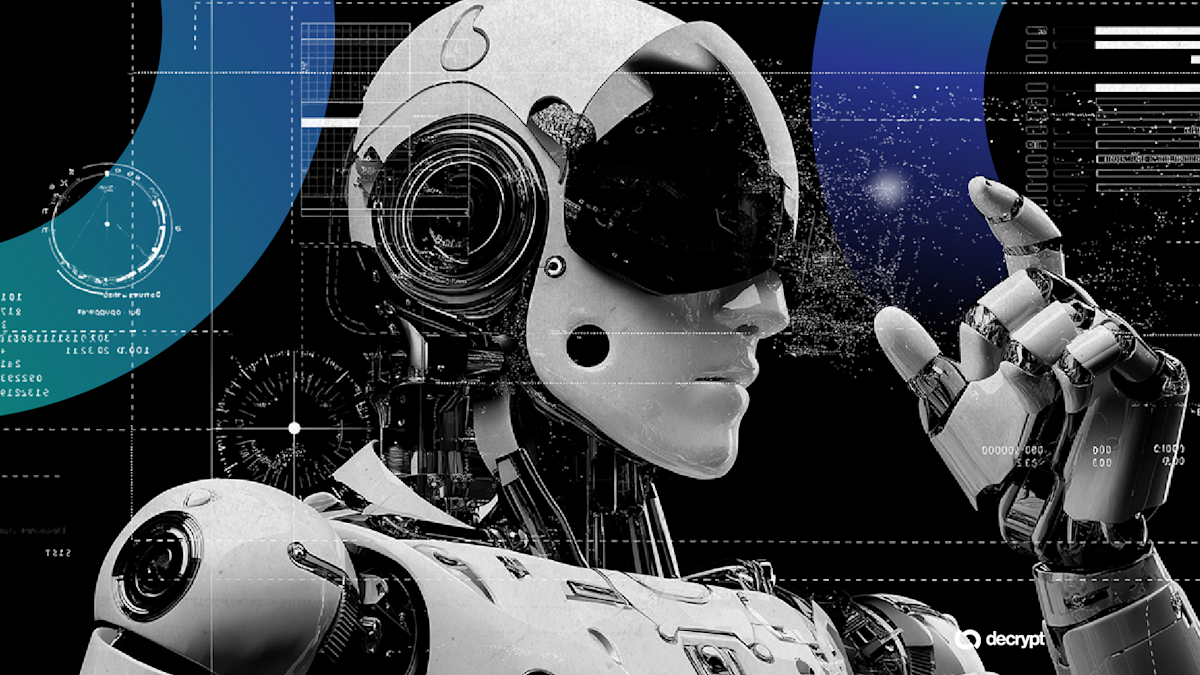Robot Swarms Could Solve Blockchain’s Oracle Problem, Researchers Say
A swarm of autonomous robots could offer a new way to bring trustworthy real-world data onto blockchains—without relying on centralized sources.
The idea, detailed in a new preprint study titled Swarm Oracle: Trustless Blockchain Agreements through Robot Swarms, builds on earlier peer-reviewed research where researchers demonstrated that mobile robots could reach reliable consensus, even in times of disruption, cyberattack, or in hostile environments. The new study applies that approach to a persistent problem in blockchain design: how to get verified real-world data into smart contracts without introducing new points of trust.
A blockchain oracle is a service that securely supplies external, real-world data to blockchain smart contracts, enabling those contracts to execute based on information that exists outside the blockchain network.
The “oracle problem” refers to the challenge of feeding off-chain data into decentralized systems. Blockchains like Ethereum are built to be trustless—each node independently verifies transactions. But that same design prevents smart contracts from accessing external information, such as weather reports, price feeds, or sensor readings, without third-party input.
Today’s blockchain oracles, like Chainlink, aggregate data from multiple sources to reduce reliance on any one feed. But they can still reintroduce centralized risks, either through opaque aggregation methods or single points of failure.
Swarm Oracle proposes a different model: robot swarms. The system uses a collective of simple, low-cost mobile robots—each equipped with basic sensors and communication hardware—to gather environmental data and reach consensus through a Byzantine fault-tolerant protocol. Once a consensus is reached, the swarm can publish its findings to a blockchain, where the data becomes available to smart contracts.
The concept expands on earlier work by integrating blockchain publishing into the robot swarm’s decision-making process. In a 2023 Nature study, researchers showed how swarms could maintain consensus accuracy even when up to one-third of robots were compromised, misreporting data, abstaining from voting, or physically interfering with other robots.
In the new system, the robots host a permissioned blockchain locally, allowing them to store and verify data without needing continuous internet access. When appropriate, they can upload finalized agreements to public blockchains like Ethereum. The local chain reduces communication overhead while enabling transparency.
The swarm includes a built-in reputation system. Robots that attempt to manipulate the system gradually lose the ability to participate. This provides a mechanism for “self-healing,” with faulty or malicious robots excluded from future consensus rounds.



Leave a Comment
Your email address will not be published. Required fields are marked *